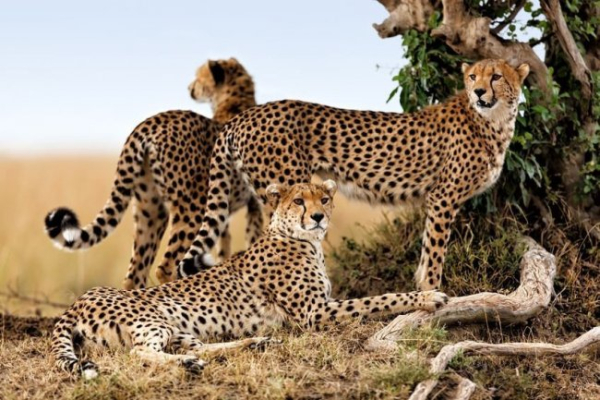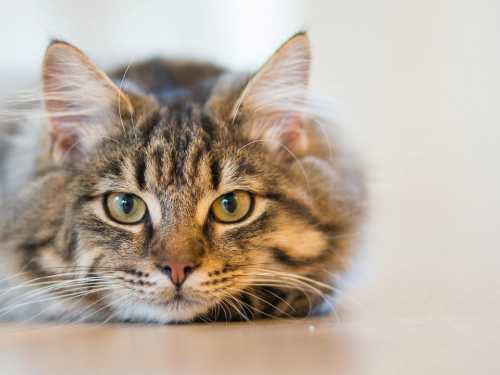
For many, the cheetah is the embodiment of beauty, slenderness, harmonious forms and the uniqueness of living nature. But people are people, and the worst representatives of humanity contributed to the fact that one day scientists from many countries had to combine their efforts to save this unique animal from complete destruction.
Of the 4,050 species of animals, only the cheetah can reach speeds of up to 110-120 kilometers per hour over short distances! In second place after it is the dzeren antelope, then the wildebeest, and the greyhound ranks 8th in the animal world in terms of speed.
People have long ago noticed the cheetah's swift dashes, its quick tameability, ease of training and obedience to its owner. And this, unfortunately, turned against the animal itself, which did not cause harm to humans.
Scientists have established that approximately 3000 years BC, the Sumerians who lived in Mesopotamia went hunting with cheetahs. Later, in 1500-1600 BC, cheetahs were common hunting animals for the Egyptian nobility. And not only there. Hunting with spotted “sprinters” was practiced in Western Asia, China, India, Pakistan. Even in the Moscow Principality and Kievan Rus, hunting cheetahs were not a rarity, only they were called pardus or pardy.
In past centuries, the cheetah was a common animal in Africa and Asia, but was used as a hunting animal mainly in Asia.
After Marco Polo's famous journey in 1298, the “Book” was written from his words. In fact, it was the first voluminous written collection of knowledge about the countries of East, Central and South Asia. So, this book reported that the Mongolian Khan Kublai, the founder of the Mongolian dynasty in China, had a thousand hunting cheetahs! Akbar, the ruler of the Mughal Empire in India, was not inferior to him. Hundreds of cheetahs lived in his residences, and 2 to 3 tons of fresh meat were spent on feeding them per day.
The practice of hunting with the described animals also took root in Europe. At first, it was the rich people of the south of the European continent who became interested in it, and then the nobility of Italy, France, and England. In the Middle Ages, this fashion reached the Caucasus. It is known that the prince of Armenia had about a hundred cheetahs in 1474. In the 17th century, hunting with animals was popular in Persia, so much so that animals were sold in large groups of several dozen heads at hunting markets.
There are 36 species in the wild cat family, the cheetah is a separate genus. Its body length reaches 150 centimeters, and the weight of an adult animal is close to 70 kilograms. The cheetah's claws are not retractable, but it climbs trees quite dexterously, especially at an early age.
A beautiful fur coat of an animal will not protect it from the cold. This is understandable – a cheetah lives in a hot climate, where it is unreasonable to overheat. It is known that on its back there are about 2000 hairs per 1 square centimeter, and, for example, for a lynx this figure is 9000.
However, this circumstance did not and does not prevent fashionistas from still flaunting cheetah coats. It was capricious fashion that contributed to the rapid decline in the population of this graceful animal.
Sadly, the cheetah has completely disappeared in India. The last representatives of this genus were exterminated in 1947-1948. Around the same time, these large spotted cats were exterminated in Saudi Arabia, Israel, Jordan, Syria, and Iraq.
However, encounters with cheetahs are recorded in hard-to-reach areas of Afghanistan. Moreover, approximately 150-200 Asiatic cheetahs still remain in Iran.
In Africa, they were able to go even further in preserving the cheetah population. Several African countries, having joined forces, stopped the process of extermination of animals, and in Swaziland they were able to revive a large group of cheetahs in their natural habitat. So, not everything is so bad. And let's hope that it will get even better.





